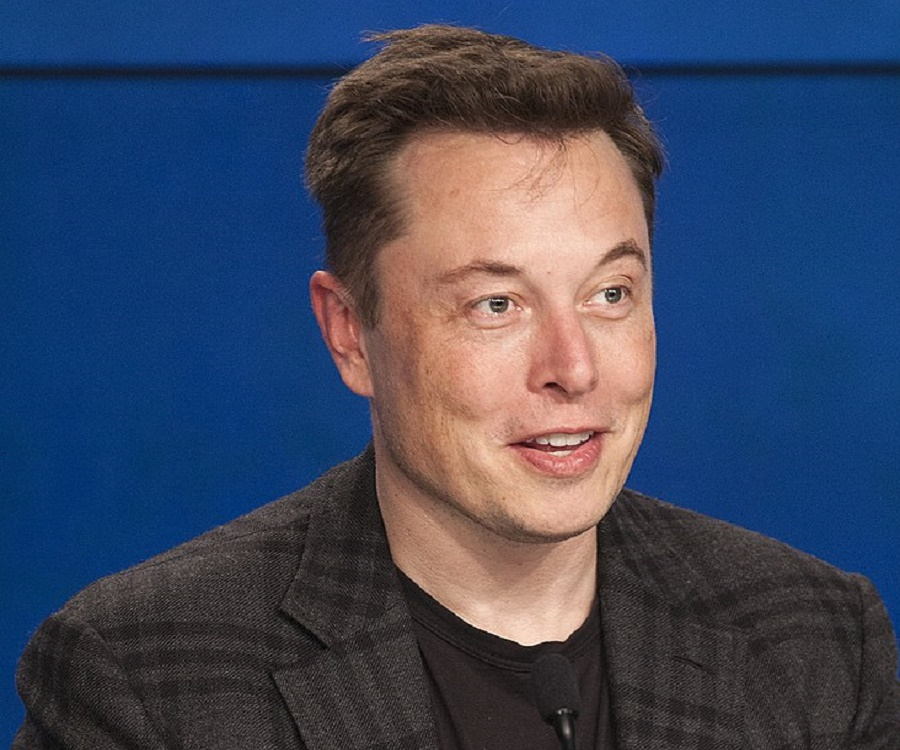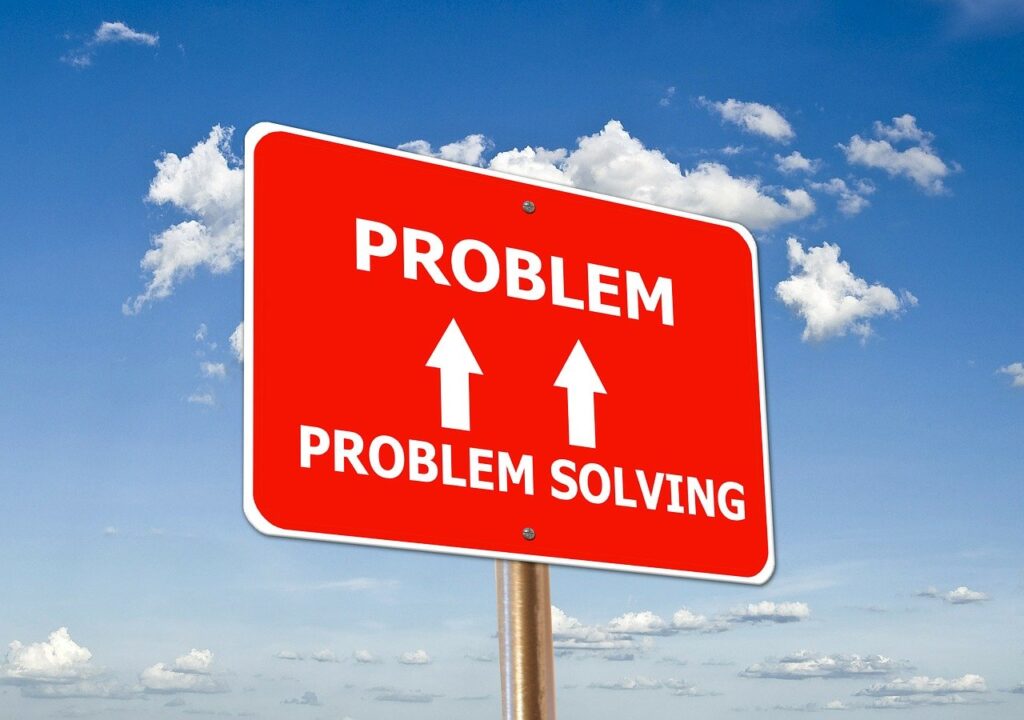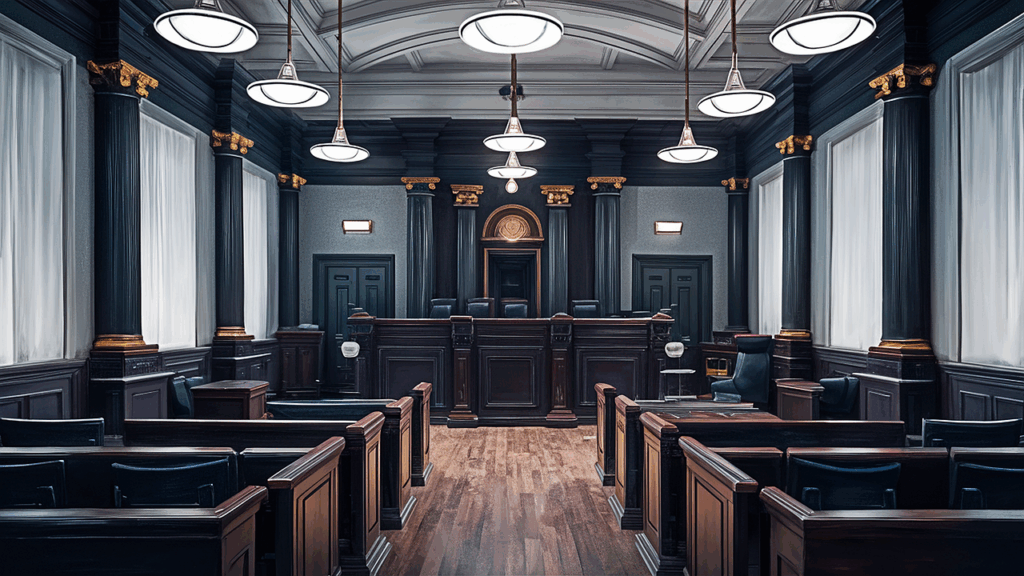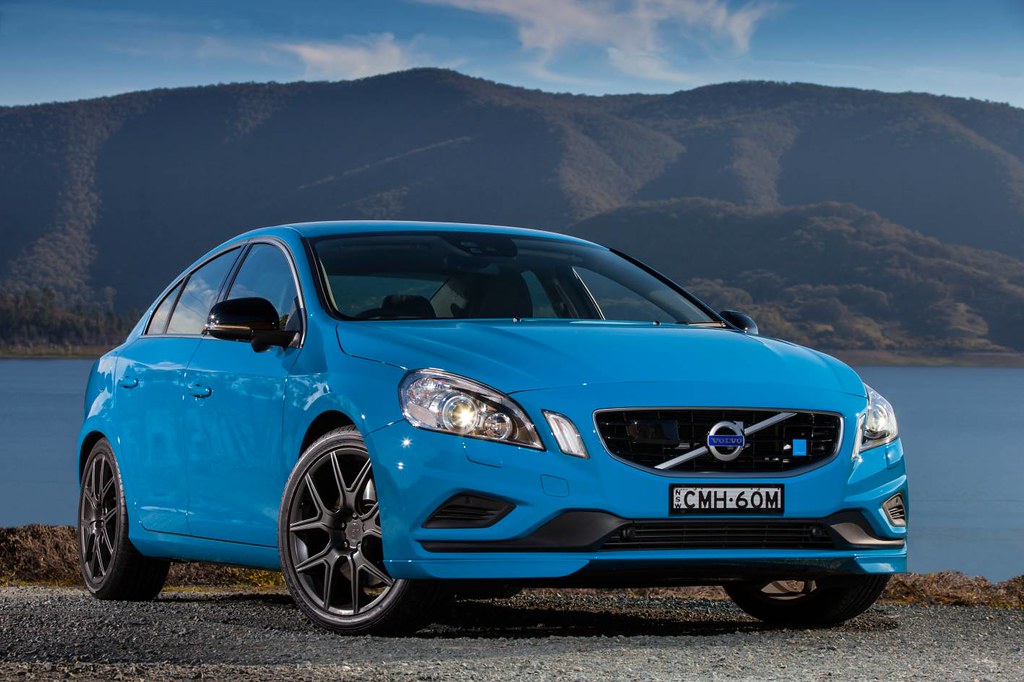
Federal auto safety regulators have initiated a comprehensive investigation into potential defects within Tesla vehicles, specifically targeting door handles that have reportedly led to harrowing situations where parents found children trapped in back seats, sometimes necessitating the drastic measure of breaking windows for rescue. This preliminary inquiry by the National Highway Traffic Administration (NHTSA) underscores a growing concern surrounding the safety mechanisms of one of the automotive industry’s most prominent innovators.
The probe, announced recently, casts a serious light on design and operational integrity, particularly for a brand that prides itself on advanced technology and forward-thinking engineering. It is a critical moment for Tesla, as the agency delves into the specifics of these reported failures, which extend beyond mere inconvenience to potentially life-threatening scenarios, especially for the most vulnerable occupants.
This in-depth examination by federal authorities highlights a series of incidents that demand rigorous scrutiny. The findings of this investigation, and others currently underway, are poised to significantly impact public perception and regulatory oversight of Tesla’s rapidly evolving vehicle fleet. As we navigate the complexities of these issues, a comprehensive understanding of each incident and investigation is paramount.
1. **Primary Door Handle Malfunction Investigation (Model Y)**
At the heart of the latest regulatory action is a preliminary inquiry by the National Highway Traffic Safety Administration (NHTSA) into specific 2021 Tesla Model Y vehicles. The agency has formally opened an investigation following the receipt of nine distinct reports detailing instances where electronic door handles became inoperative. These incidents are believed to be linked to insufficient battery voltage, a technical issue that poses significant questions about vehicle reliability.
The scope of this particular investigation is substantial, encompassing approximately 174,300 of Tesla’s midsize SUVs. For parents, the scenario described in the reports is particularly alarming: they would exit their vehicle only to find themselves unable to re-open the rear doors to retrieve their children. This unexpected failure of a basic safety function immediately elevates the concern beyond a mere mechanical glitch, pointing to a severe safety hazard.
What compounds the gravity of these reports is the absence of any prior warning. None of the individuals who reported these incidents observed a low voltage battery warning before the exterior door handles ceased to function. This suggests a sudden and unannounced failure, leaving drivers and passengers unprepared for a critical loss of access or egress from the vehicle. The phrase “Entrapment in a vehicle is particularly concerning in emergency situations, such as when children are entrapped in a hot vehicle,” as stated by the NHTSA, vividly illustrates the potential for severe consequences.
Car Model Information: 2024 Ford F-150 XLT
Name: Tesla Model Y
Caption: Pre-2025 Tesla Model Y
Manufacturer: Tesla, Inc.
Production: January 2020 – present
Assembly: Unbulleted list
Designer: Franz von Holzhausen
Class: Compact crossover SUV
BodyStyle: SUV
Layout: Unbulleted list
Related: Unbulleted list
Motor: unbulleted list
Battery: val,Lithium-ion battery
ElectricRange: FTP-75
Charging: unbulleted list
Wheelbase: Unbulleted list
Length: Unbulleted list
Width: cvt
Height: Unbulleted list
Weight: cvt
Sp: us
Categories: 2020s cars, All Wikipedia articles written in American English, All articles lacking reliable references, All articles that may contain original research, All articles to be expanded
Summary: The Tesla Model Y is a battery electric compact crossover SUV produced by Tesla, Inc. since 2020. The vehicle was presented in March 2019 as the company’s fifth production model since its inception after the Roadster, Model S, Model X and Model 3.
After its 2019 introduction, the Model Y started production at the Tesla Fremont Factory in California, US in January 2020. Production at Giga Shanghai, China was added in December 2020, and at Gigafactory Texas, US since late 2021. Deliveries from Gigafactory Berlin-Brandenburg, Germany started in March 2022.
The Model Y is based on the Model 3 sedan and serves as a larger variant, with around 76 percent of parts being shared between the two and identical exterior and interior styling. While most Model Y are configured with two-row seating, in the US the Model Y offers optional third-row seats for a seven-passenger seating capacity.
In 2023, Tesla delivered 1.2 million Model Ys, making it the world’s best-selling vehicle that year, surpassing the Toyota Corolla and becoming the first electric vehicle to claim that title. With at least 2.16 million units delivered since its start of production up to December 2023, the Model Y is also the most popular electric vehicle of all time. In 2024 sales were second to the Toyota RAV4. A refreshed version of the Model Y was revealed in January 2025, with upgrades similar to the upgraded Model 3.
In mid-2025, Tesla unveiled and released the Model Y L, a long-wheelbase, six-seat variant of the Model Y. That year, Tesla debuted the performance model of the Model Y.
Get more information about: Tesla Model Y
Buying a high-performing used car >>>
Brand: Tesla Model: Model Y
Price: $41,604 Mileage: 9,645 mi.
2. **The Challenge of Manual Door Releases for Children**
In response to the electronic nature of its door systems, Tesla has incorporated manual door releases within its vehicles. However, the presence of these internal manual overrides does not entirely alleviate the safety concerns, particularly when children are involved. The NHTSA has explicitly noted that a child may not possess the physical capability to reach these releases, nor might they have the requisite knowledge or understanding of how to operate them in an emergency.
This gap in accessibility and awareness has already led to critical situations. In four of the nine incidents reported to the agency, parents were left with no alternative but to resort to extreme measures, breaking windows to gain entry into their vehicles and retrieve their trapped children. Such desperate acts underscore the severity of the problem and the inadequacy of the current manual release system for its most vulnerable occupants.
Compounding this issue is the reported lack of awareness among some owners regarding the very existence of these manual releases. While these mechanisms are present on the inside of the car, their location and operation may not be immediately obvious or regularly communicated to drivers. This knowledge deficit, combined with the inherent challenges for children, renders the manual release an insufficient failsafe in critical moments of need.
3. **Past Incidents of Internal Entrapment (Alijah Arenas Cybertruck)**
The current investigation into external door handle failures on the Model Y, while serious, is not an isolated concern. It arises within a broader context of “numerous reported incidents in recent years of other problems with opening Tesla doors, sometime trapping drivers in burning vehicles after accidents and a loss of power.” This historical pattern suggests a systemic vulnerability in Tesla’s door opening mechanisms, particularly when power is compromised or in emergency situations.
One harrowing account highlights this persistent issue: in April, a college basketball recruit, Alijah Arenas, found himself in a life-threatening predicament after his Tesla Cybertruck crashed into a tree and subsequently caught fire. Despite the immediate danger, he was unable to open the doors of his vehicle. Mr. Arenas recounted “fighting time” as smoke rapidly filled the Cybertruck, a terrifying ordeal that speaks volumes about the challenges of exiting these vehicles under duress.
His survival in this dire situation was a testament to his quick thinking, as he stayed alive by dousing himself with a water bottle to counteract the smoke. The accident ultimately led to him being induced into a temporary coma, a stark reminder of the severe physical and emotional toll such entrapment incidents can inflict. This event, among others, serves as a crucial reference point for the ongoing regulatory scrutiny, illustrating the critical need for reliable egress systems in all conditions.
4. **Model 3 Entrapment Lawsuit and Fire Reports**
The issues surrounding Tesla’s door mechanisms have also resulted in significant legal action, further underscoring the severity of these safety concerns. Last year, relatives of a Tesla Model 3 driver who tragically became trapped in his car and was burned beyond recognition filed a lawsuit against Elon Musk’s company. This civil action alleges negligence and fraud, asserting that Tesla failed to rectify what the plaintiffs describe as a fundamental design flaw in the vehicle’s doors.
The lawsuit goes further, citing a deeply troubling figure: approximately 200 fires reportedly involving Tesla cars. These allegations suggest a pattern of serious safety defects that extend beyond isolated incidents, painting a picture of a broader systemic issue that could put numerous drivers and passengers at risk. The legal proceedings in this case remain pending in Los Angeles Superior Court, indicating a prolonged and serious challenge for the automaker.
This legal battle highlights the profound and tragic consequences that can arise from door failures, particularly when combined with other catastrophic events like vehicle fires. The claim of “failing to fix what they called a design flaw in the doors despite what they said were 200 fires involving its cars” presents a grave accusation that warrants meticulous examination by both the courts and regulatory bodies. The outcome of this lawsuit could have significant ramifications for Tesla’s design practices and its accountability to consumers.
Car Model Information: 2024 Ford F-150 XLT
Name: Tesla Model 3
Manufacturer: Tesla, Inc.
Production: 2017–present
Assembly: unbulleted list
Designer: Franz von Holzhausen
Class: Mid-size car
BodyStyle: Sedan (car)
Layout: unbulleted list
Related: Tesla Model Y
Motor: unbulleted list
Transmission: Single-speed fixed (9:1 ratio)
Battery: unbulleted list
ElectricRange: unbulleted list
Charging: unbulleted list
Wheelbase: cvt
Length: unbulleted list
Width: cvt
Height: unbulleted list
Weight: cvt
Caption: 2019 Tesla Model 3 Performance
Categories: 2020s cars, ANCAP large family cars, All-wheel-drive vehicles, All Wikipedia articles in need of updating, All Wikipedia articles written in American English
Summary: The Tesla Model 3 is a battery electric powered mid-size sedan with a fastback body style built by Tesla, Inc., introduced in 2017. The vehicle is marketed as being more affordable to more people than previous models made by Tesla. The Model 3 was the world’s top-selling plug-in electric car for three years, from 2018 to 2020, before the Tesla Model Y, a crossover SUV based on the Model 3 chassis, took the top spot. In June 2021, the Model 3 became the first electric car to pass global sales of 1 million.
A facelifted Model 3 with revamped interior and exterior styling was introduced in late 2023 for countries supplied by Gigafactory Shanghai and in early 2024 in North America and other countries supplied by the Tesla Fremont Factory.
Get more information about: Tesla Model 3
Buying a high-performing used car >>>
Brand: Tesla Model: Model 3
Price: $41,604 Mileage: 9,645 mi.

5. **NHTSA’s Broader Monitoring of ‘Entrapment’ Concerns**
While the current preliminary evaluation from the NHTSA is specifically focused on the operability of electronic door locks from *outside* the vehicle, it is crucial to understand that the agency’s oversight of Tesla’s safety features extends much further. The NHTSA has explicitly stated that its investigation is primarily centered on external door functionality because that is the “only instance in which there is no manual way to open the door” for an external rescuer.
However, the agency has also provided an unequivocal assurance regarding internal safety. The NHTSA has affirmed its commitment to “continue to monitor reports of people stuck on the inside — what it calls ‘entrapment’ — and will take further action as needed.” This proactive stance indicates a recognition that while the immediate probe has a defined scope, the broader concern of occupants being unable to exit their vehicles remains a high priority for federal regulators. This ongoing vigilance is essential for ensuring comprehensive safety.
Furthermore, the agency specifically noted that it “will continue to monitor reports of entrapment involving opening doors from the inside of the Tesla vehicles.” This dedicated surveillance of internal entrapment reports suggests an ongoing data collection and analysis effort aimed at identifying any recurring patterns or systemic vulnerabilities that might necessitate future investigations or safety mandates. The agency’s dedication to monitoring these critical safety aspects provides a measure of assurance to the public.

6. **Technical Analysis of Door Lock Power Supply Issues**
The preliminary review conducted by the Office of Defects Investigation (ODI) offers critical insight into the likely root cause of the electronic door handle failures. According to the agency, the “condition appears to occur when the electronic door locks receive insufficient voltage from the vehicle.” This technical explanation points directly to an issue within the vehicle’s power delivery system, suggesting that the problem may not reside with the physical door handle mechanism itself, but rather with the electrical supply that enables its operation.
Supporting this hypothesis, available repair invoices have indicated that “batteries were replaced after such incidents took place.” This pattern in repair records lends significant weight to the theory that low battery voltage is a primary factor in rendering the electronic door handles inoperative. The lack of a prior low voltage battery warning, as noted by affected owners, makes these failures particularly insidious, as drivers are not alerted to the impending issue.
The NHTSA’s preliminary evaluation is designed to meticulously “assess the scope and severity of this condition, including the risks that come from the conditions that have been reported to them.” This assessment will involve a deep dive into the underlying electrical architecture. The investigation will also critically “assess the approach used by Tesla to supply power to the door locks and the reliability of the applicable power supplies,” a crucial step in understanding if the design or implementation of the power system is fundamentally flawed. While owners’ manuals suggest a multi-step process with an external power source to restore power, this complexity is impractical in emergencies.
Beyond the immediate concerns surrounding its door handle mechanisms, Tesla is navigating a complex landscape of regulatory scrutiny across several other advanced features and operational protocols. The National Highway Traffic Safety Administration, the primary federal agency responsible for vehicle safety, has expanded its investigative scope to encompass multiple facets of Tesla’s innovative, yet sometimes controversial, technologies. These ongoing probes collectively paint a picture of an automaker at the forefront of technological advancement, yet one grappling with the profound responsibilities that accompany such pioneering endeavors. The stakes are particularly high for a company whose public image and market valuation are intrinsically linked to its perceived safety and reliability.
Read more about: 7 Iconic ’60s Classics: Unpacking the Million-Dollar Appeal of Automotive Legends
7. **Investigation into Tesla’s ‘Summon’ Technology**
One area where Tesla’s advanced features have drawn the attention of federal regulators is its “Summon” technology. This innovative capability allows drivers to instruct their vehicles to autonomously drive to their location for pickup, ostensibly offering a layer of convenience and sophistication not commonly found in other production cars. The premise of such a feature is to enhance user experience by having the car perform tasks that would otherwise require direct manual operation, embodying the vision of a truly smart vehicle.
However, the implementation and reliability of “Summon” have reportedly not been without incident. The NHTSA has opened an investigation into this technology due to reports suggesting that its use has led to minor collisions, often described as “fender benders,” in parking lots. These incidents, while perhaps not always resulting in severe injuries, raise critical questions about the precision and situational awareness of the autonomous system in complex, low-speed environments where unexpected obstacles or movements can occur. The agency’s scrutiny reflects a commitment to ensuring that even features designed for convenience uphold the highest safety standards.
The regulatory concern stems from the principle that any automated driving function must demonstrably operate without introducing undue risk to vehicle occupants or surrounding property. A series of parking lot incidents, even those involving only minor damage, accumulate to suggest a potential pattern of operational deficiencies that warrant a thorough engineering analysis. The NHTSA’s preliminary evaluation will thus seek to understand the circumstances under which these fender benders occur, examining factors such as sensor capabilities, software algorithms, and driver engagement during the Summon process. This ongoing inquiry is a critical step toward validating the safety claims of such advanced autonomous features.
8. **Scrutiny of Broader Driver-Assistance Features**
Beyond specific issues like ‘Summon,’ a broader and more extensive probe by the NHTSA is underway concerning Tesla’s comprehensive suite of driver-assistance features. This investigation, initiated last year, is significantly wider in scope, encompassing approximately 2.4 million Tesla vehicles. It represents a deep dive into the performance and safety implications of systems that aim to augment, and in some cases, partially automate, the driving experience, highlighting the growing complexity of modern automotive technology.
The impetus for this large-scale inquiry arose from multiple reports of crashes occurring under challenging environmental conditions. Specifically, the agency noted several incidents that took place in “fog and other low-visibility conditions,” environments where advanced sensor systems and algorithms are put to the ultimate test. These conditions underscore the limitations that even sophisticated technology can face when confronted with real-world variability and unpredictability, emphasizing the need for robust performance across all conceivable driving scenarios.
A particularly tragic aspect of this ongoing investigation involves an incident where a pedestrian was killed. Such a grave outcome elevates the severity of the probe, transforming it from a review of technical performance into a critical examination of the systems’ impact on human lives. The fatality underscores the profound responsibility that manufacturers bear when deploying technologies that interact directly with vulnerable road users, placing immense pressure on Tesla to demonstrate the unequivocal safety of its driver-assistance offerings. The agency is meticulously analyzing the data from these crashes to identify any systemic failures or design flaws.
This comprehensive scrutiny of driver-assistance features is not merely about assigning blame but about ensuring the foundational safety of technologies that are increasingly integral to the driving experience. The NHTSA’s objective is to determine if these systems reliably detect and respond to hazards, especially in adverse conditions, and to assess the adequacy of safeguards that prevent or mitigate accidents. The findings of this extensive investigation will undoubtedly shape future regulatory standards for semi-autonomous vehicles and inform public expectations regarding their capabilities and limitations.
Read more about: Unpacking the Unreliable: A Deep Dive into the 10 Least Dependable Car Models of 2025
9. **NHTSA Probe into Crash Reporting Compliance**
In addition to the performance of its vehicle technologies, Tesla is also facing an investigation into its compliance with essential regulatory reporting requirements. In August, the NHTSA launched a separate inquiry to ascertain why Tesla has “apparently not been reporting crashes promptly to the agency as required” by federal rules. This administrative investigation delves into the operational integrity of the company’s internal safety protocols and its adherence to established legal obligations.
The requirement for prompt crash reporting serves a vital function in the broader scheme of automotive safety. It enables regulatory bodies like the NHTSA to quickly identify emerging safety trends, potential defects, and systemic issues across vehicle fleets. Timely data is crucial for initiating investigations, issuing recalls, and implementing safety advisories that can prevent further incidents and protect the public. A failure to report crashes as required can therefore impede the agency’s ability to fulfill its mandate effectively and proactively.
The implications of such non-compliance extend beyond mere bureaucratic oversight. It can delay critical safety analyses, obscure potential risks from public view, and undermine the integrity of the national vehicle safety database. For an automaker, any perceived lapse in reporting obligations can erode trust, both with regulators and with consumers who rely on these systems for transparency and accountability. The NHTSA’s probe will seek to understand the reasons behind these alleged delays and what measures, if any, Tesla has taken to rectify the situation, reinforcing the importance of rigorous compliance in the automotive industry.
This investigation into reporting compliance highlights a fundamental aspect of regulatory relationships: transparency and adherence to established protocols are paramount. The agency’s commitment to ensuring that all manufacturers meet their legal obligations underscores the seriousness with which these administrative requirements are viewed. The outcome of this particular probe could result in penalties or mandates for improved reporting mechanisms, further solidifying the regulatory framework within which advanced automotive technologies must operate.

10. **Elon Musk’s Pressure on Autonomous Driving Advancement**
The multifaceted regulatory challenges facing Tesla converge with immense internal and external pressures on its chief executive, Elon Musk, particularly regarding the advancement of autonomous driving capabilities. Musk has consistently positioned Tesla as a leader in this transformative technology, making ambitious declarations about the imminent arrival of fully self-driving cars and a vast network of robotaxis. These pronouncements create significant expectations, both within the company and among investors and consumers.
The pressure on Musk is not only to innovate but to demonstrate that these “latest advances in its driver-assistance features have not only fixed such reported glitches but have also made them so good that drivers don’t even need to look out the window anymore.” This statement encapsulates the high bar set for Tesla: to move beyond mere driver assistance to a level of autonomy that fundamentally redefines the act of driving. The success, or failure, to deliver on this promise has profound implications for Tesla’s future and its competitive standing.
Indeed, Musk recently reiterated a bold commitment, promising to “put hundreds of thousands of such self-driving Tesla cars and Tesla robotaxis on roads by the end of the next year.” This aggressive timeline places extraordinary demands on the company’s engineering and software development teams, tasked with overcoming complex technical hurdles and rigorous safety validation processes within a compressed timeframe. The gap between current capabilities and this stated vision fuels intense scrutiny from both regulators and the public.
The ambition to deploy hundreds of thousands of truly self-driving vehicles by a near-term deadline means that every reported glitch, every incident under investigation, takes on heightened significance. These challenges underscore the monumental task of transitioning from advanced driver-assistance systems to genuinely autonomous vehicles that can operate safely and reliably without human intervention. The path to achieving this vision is fraught with technical, regulatory, and public acceptance complexities, placing Musk under considerable pressure to deliver tangible, safe results.
Read more about: Market Reconfiguration: Examining Why Leading EV Brands from 2023 Face New Pressures in 2024’s Evolving Landscape

11. **Challenges in Sales Performance and Public Image**
Adding to the pressures of technological advancement and regulatory oversight, Tesla is also contending with significant business challenges, particularly a “plunge in Tesla sales that began earlier this year” and shows “little sign of abating.” This downturn in sales performance underscores a broader set of market dynamics and potentially shifting consumer perceptions, creating an urgent need for strategic recalibration within the company. The financial health and market valuation of Tesla are intricately tied to its ability to consistently grow its customer base.
This sales slump has become “more urgent” for Musk, coinciding with growing concerns over the company’s trajectory. A key factor that has reportedly contributed to this situation is a perceived alienation of a segment of Tesla’s traditional customer base. Many early adopters were drawn to Tesla not only for its innovative electric vehicles but also for its alignment with environmentally conscious values and a progressive brand image. This demographic has reportedly been “angered” by Musk’s increasingly visible political stances.
The context specifically notes Musk’s public support for “U.S. President Donald Trump and far-right politicians in Europe and their policies.” Furthermore, a particularly controversial incident was his statement at an anti-immigration rally in London, where he reportedly told protestors that “violence is coming to you” and “you either fight back or you die.” Such highly charged political commentary and controversial public statements have a direct impact on brand perception, potentially alienating a significant portion of the “environmentally conscious Tesla customer base” who might find these views incongruent with their values.
The interplay between a charismatic, yet often controversial, leader and a brand built on a progressive image creates a unique set of challenges. While some may laud Musk’s candor, others see it as a detriment to the brand’s appeal and marketability, contributing to a complex narrative that extends beyond mere product features. The ability to navigate these public relations complexities, alongside intense competition and market demands, is becoming as crucial as technological innovation for Tesla’s sustained success and growth.
Despite these mounting pressures, including ongoing investigations and public image complexities, the financial markets have, at times, shown resilience. For example, Tesla’s stock “rose more than 2% to $419.25 in afternoon trading Tuesday following a jump the day before on news Musk had bought $1 billion worth of shares.” This fluctuation underscores the volatile nature of the stock market and the significant influence that Musk’s actions, both corporate and personal, continue to exert on investor confidence and the company’s valuation. The future of Tesla, therefore, remains a complex interplay of technological promises, regulatory realities, market performance, and the indelible imprint of its visionary, yet polarizing, leader.
Read more about: Beyond the Spotlight: Glamorous Photos and the Many Sides of Linda Ronstadt, a Music Icon
As the National Highway Traffic Safety Administration continues its diligent oversight, and as Tesla strives to meet its ambitious technological goals, the automotive world watches intently. The ongoing investigations into door handle failures, driver-assistance systems, and corporate compliance represent critical junctures for an industry increasingly defined by innovation. The overarching narrative underscores that while the future of transportation may indeed be electric and autonomous, it must first and foremost be unequivocally safe and reliable for all occupants and the public at large. The outcomes of these probes will not only shape Tesla’s immediate future but will also set precedents for the broader adoption and regulation of advanced automotive technologies. It is a period of intense scrutiny, demanding transparent responses and robust solutions from one of the world’s most watched automakers.










